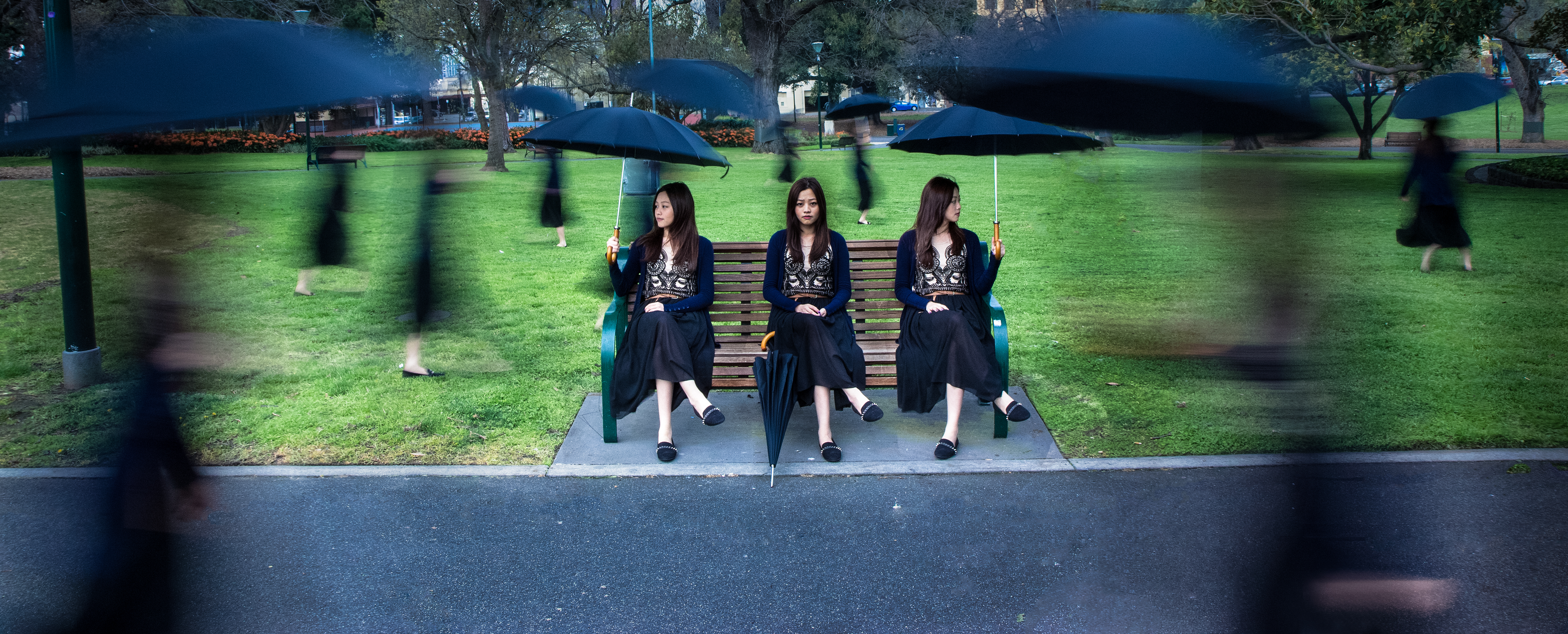Consider Sandra’s lecture “Directing Actors” and describe at least a couple of points that you took away from it (even if you’re not the director).
Sandra’s lecture “Directing Actors” talks about the importance of maintaining a good relationship with the actors. While on set, director should be giving out clear direction instead of overwhelming them making them to feel confused. I think this is one of the main point for all film makers, decisions should be made clear before giving out to the actors, no matter what position you are in, one of the main thing is to ‘act’ or be professional in front of others, even during the times that you are unsure, to give them a sense of confidence.
Moving on, she also talks about how everybody should be aware on set, even when you’re not doing anything. It is very important that each member of the crew knows exactly what is going on on set. For my group, I was the producer, where most of my job are mainly focus on preparing the film, as compared to the cinematographer and director. During that day, i didn’t have a lot of things to do, but i make sure i’m aware of everything that is going on and point out the problems that i thought was wrong. Fortunately, our group worked really well together and everything went smoothly and finishes on time.
In this clip screened in the lecture from the Coen brothers’ ‘Blood Simple’ describe what is happening in terms of the edits specifically in terms of the audio and video. Also name the different kinds of audio you can hear.
This scene of Blood Simple (Coen Brothers 1984, USA) has a really great audio recordings.
Firstly, most of them are ambient sounds throughout the whole scene, the sounds that i catch up from the scene was the crickets sound, the toilet flushing sound, the lighter dropping on the table, footsteps and the sound of siren etc. Sometimes I do feel like a well recorded sound effect like that are definitely a big plus point to the whole film. It is something that break the suspense.
The scene uses a lot of medium to close up shot on their actors whole constructing the story and overall i think it’s a great scene.
Most applications reserve keyboard shortcuts for the functions that use most often. It is really good to learn all of these as it will speed up your editing and additionally alert you to functions that the software developers and other users find important. (You can learn much about the software by looking at keyboard shortcuts).
Find the keyboard shortcuts for Adobe Premiere and note two or more functions that you’ve never used before that may be invaluable to editing.
I’m the type of person who uses a lot of shortcuts in my laptop. So i’m quite familiar with most of the main shortcuts like undo, save, group, find, delete, copy and paste etc. However, I found a new shorcut that might be helpful for me while i edit for our film, which is Snap and Trim. I think these are the shortcut that i wasn’t familiar with as they are only useful when it comes to editing.
